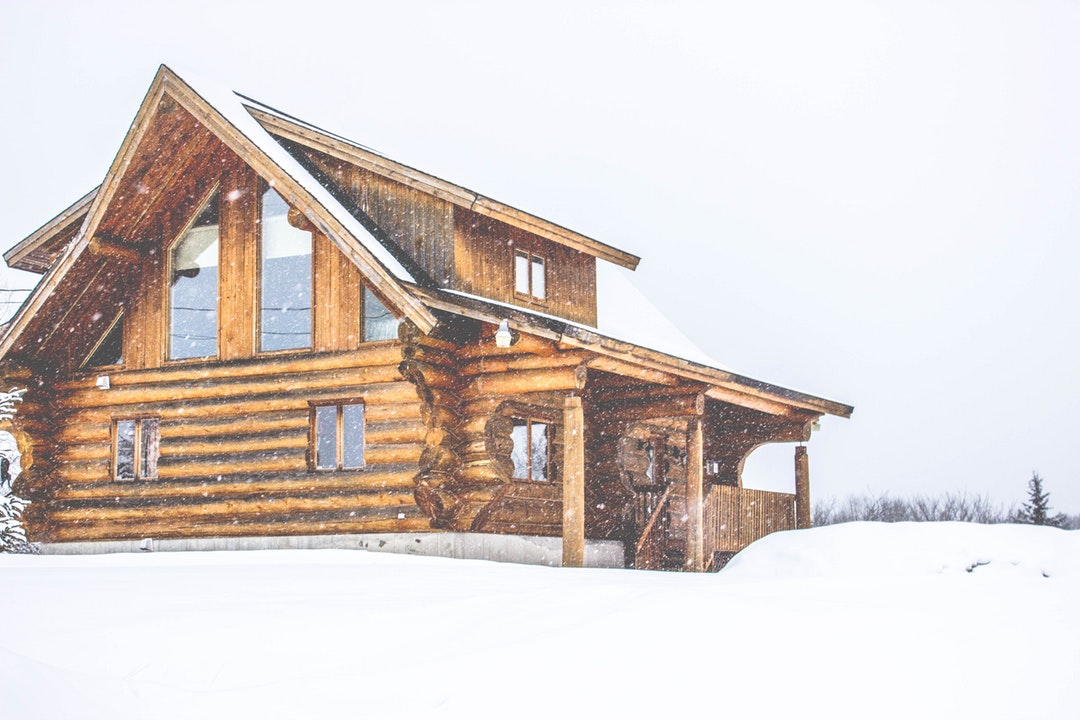Changing home is a stressful and demanding endeavor itself, you have to think about so many things – packing, organizing transport, and of course, cleaning. You need to clean your new place unless someone was kind enough to do it for you, but still, a second-round might come useful.
And of course, you need to clean your old home and leave it in decent condition for the new tenants. Otherwise, you may not get your deposit back. In case you are selling your own place, it is also an important criterion which will make your former home much more attractive to the potential buyers.
Unless you hire professional help, cleaning your old place is definitely not going to be easy, but there are a few things that can make the experience a bit less stressful and burdensome as recommended by move out cleaning professionals.
Start from the Top
A common mistake many of us make while cleaning is to start from the floors, as they usually do represent the biggest item on the list. However, if you start from the floors, and then move up to walls, corners, and surfaces, guess what – you will have to clean the floors all over again.
So, be wiser than that and start this excruciating business from the top. This will save you a lot of time and energy. Also, when talking about directions, always start the cleaning from the back, that is from a wall towards the door, so you don’t end up stuck in one small uncleaned place, like on an island, having to cross all the wiped space to go back, and potentially soil it all over. It sounds funny, but this has certainly already happened to some of you, and you will definitely want to avoid it this time.
Change the Approach
When cleaning, everyone mostly likes to do the job room by room. However, this usually takes way more time than actually cleaning segment by segment, which is task by task. For instance, if you are wiping floors, it is better to do it in the whole house while you are at it, instead of moving to a different segment in the same room. This approach is much more efficient so take it into consideration once you start you moving out clean up.
Have Everything at Hand
In situations where time is really precious and you don’t have the liberty to take too long because a lot of other things are waiting, good organization is everything. You will definitely need different cleaning chemicals such as glass cleaners, disinfectants, baking soda, vinegar, and others, as well as cleaning equipment like cloths, vacuum cleaners, brooms, dustpans, brushes, and others.
The first important step is not to pack any of these along with the rest of your stuff. The second is to actually know where they are and to organize them as much as possible so you don’t have to lose too much time searching for them. As professional home cleaners at Maid Easy say that good organizational skills can shorten the time it takes to clean the whole house significantly.
“Dry” Cleaning First
Make sure you first do the “dry” cleaning such as swiping, dusting, and vacuuming to remove all the dust and other dirt in that way. If you apply wet cloth or a brush, you will just make bog, rather than clean something. The best option is to dust all the corners and surfaces first, swipe any bigger mess, and then finally vacuum to give it the final touch. After this, you may proceed with “wet” cleaning activities.
Once you are done with the old place, you can apply all these tips to your new home. Even if the previous tenants or owners have cleaned it, you will probably want to make sure it is spotless. Of course, if repeating the same process all over again is just too much for you, you can always ask the professionals for help, at least for one of these cleaning actions.
Read Also:






















